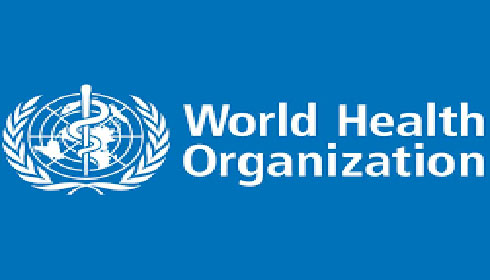
Over 1 million sexually transmitted infections per day: WHO
Anish Narda
The World Health Organization (WHO) has revealed that more than one million curable sexual infections among men and women occur every day across the world.
This leads to more than 376 million cases every year. These infections are mainly chlamydia, gonorrhea, trichomoniasis and syphilis. These infections are spread through unprotected sexual contact among two individuals, including vaginal, anal and oral sex.
Worldwide records tell that among one in 25 people have one of these and in some cases more than one. The global number of cases of chlamydia are 127 million, 87 million of gonorrhea, 6.3 million of syphilis and a staggering 156 million cases of trichomoniasis.
These sexually transmitted infections are a threat worldwide. Though they are curable, it’s still better to never have to go through these diseases as they cause serious and chronic health effects that include neurological and cardiovascular disease, infertility, ectopic pregnancy, stillbirths, and increased risk of HIV. They are also associated with significant levels of stigma and domestic violence.
Chlamydia, gonorrhoea, and syphilis can also be transmitted during pregnancy and childbirth, or, in the case of syphilis, through contact with infected blood or blood products, and injecting drug use. It can be prevented by consistent use of preventive methods such as use of condoms and sexual health education. Regular checkups are necessary in order to reduce this infection.
Bacterial infections can be cured through medication though recent shortage of benzathine penicillin has made it difficult to treat patients who have syphilis which has led to an estimated 200,000 stillbirths and newborn deaths in 2016, making it one of the leading causes of baby loss globally.
WHO has initiated access to prevention, testing and treatment in order to help countries and health partners which comprises of research to strengthen prevention, improve quality of care, develop point-of-care diagnostics and new treatments, and generate investment in vaccine development.